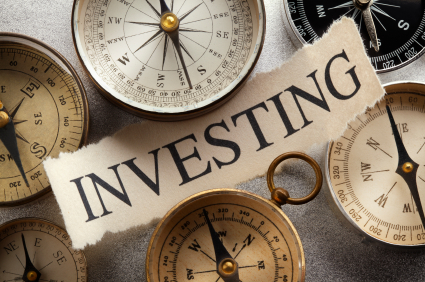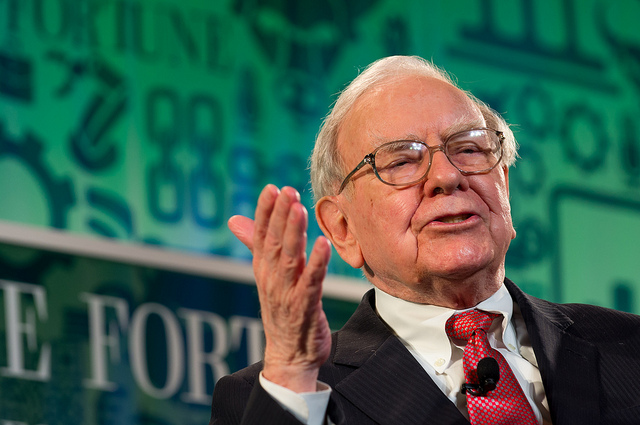“How to analyse a company?” – This is a question that almost every new investor will ask. Especially for first-time investors, this can be a very daunting task, where does one begin? Without proper financial education and experience, it is definitely hard to know what are the signs of a good or bad company.
There are 2 ways to analyse a company.
1) Fundamental Analysis
2) Technical Analysis
Fundamental Analysis
What are the differences you may ask. Fundamental analysis looks at both the macro and micro economics. We look at the prospects of the industry and the way the business positions itself to grow. Fundamental analysis looks into the financial statements (Income statement & Balance sheet) and dives into all the nitty gritty details of the company such as management, business model, etc. This the type of analysis that Warren Buffet and many other value investors subscribe to. A company with good fundamentals will stand strong through the test of time and be able to ride through the market cycles. Couple a company with good fundamentals and at the right valuation, you’ll be paid off handsomely for your labour. When you do your research, you are taking calculated risk and you avoid exposing yourself to taking on unnecessary risks that may not want to take on. Investing is not simply buying or selling, it requires making sense of the ocean of numbers you see. When first starting out, I can assure you that it’s information overload and all you see are numbers that do not make sense. Give yourself time, start with one set of numbers at a time and with practice, you will eventually be able to make sense of everything!
Technical Analysis
Technical analysis on the other hand, is more focused on the entry and exit timing when trading. Pure technical analysis will ignore the fundamentals of a company. These are the people who looks at charts, chart patterns, price-volume action and technical indicators. They also tend to enter and exit a trade very quickly because they are riding on the hype of the market. A company without solid fundamentals may rise due to speculators buying up the share prices hoping the next fool buys it higher. But these stellar movements will not sustain without fundamentals just like how a skyscraper needs a solid foundation. They will not stand the test of time and will come crashing down as shown by the not-so-recent crash of the trio (Asiasons, Blumont, LionGold). However, let’s not discredit technical analysis just yet. Technical analysis has a lot of advantages and can give you hints of when the stock will move in a certain direction. Every single bit of information in investing is important and the one who has the most accurate information is the one who profits. I urge you to keep an open-mind about technical analysis because although it starts off confusing, just like with every other thing, it will reward you just as well.
Combining the best of both worlds
Allow me to introduce you the third style. This combines both technical analysis and fundamental analysis. This is perhaps a more mixed up approach, which attempts to take the best of both worlds of investing and trading. Personally, I subscribe to this style of investing because I believe that a company with good fundamentals can get cheaper for external reasons such as poor market sentiments, short-term fluctuations, etc. This is when good fundamental analysis meets good technical analysis; to be able to buy fundamentally good companies at the cheapest price with the given opportunity. This style of investing is especially useful when investing in companies for their dividend yield. Dividend yield can be affected by two factors, the dividend payment and the share price. Take for example a company like SingPost, it gives out the same dividend year after year since 2006, 6.25c. The only way to get a better dividend yield out of it is to purchase it at a lower share price. This is where I feel having good technical analysis skills come into play. To be able to spot the bottom of price movements allows you to get better yield. I believe that even good companies can get even cheaper due to external reasons which are short-term in nature. You would effectively be able to apply the “Buy low, sell high” concept as well as value investing. Take time to learn and understand both ways of analysis and you will come out a better investor at the end of the day!



